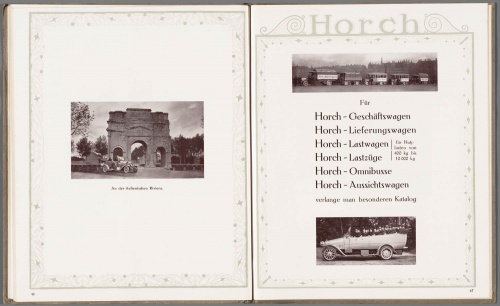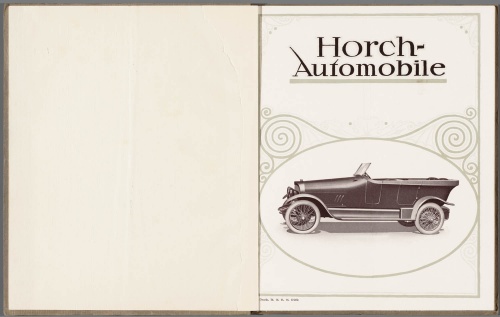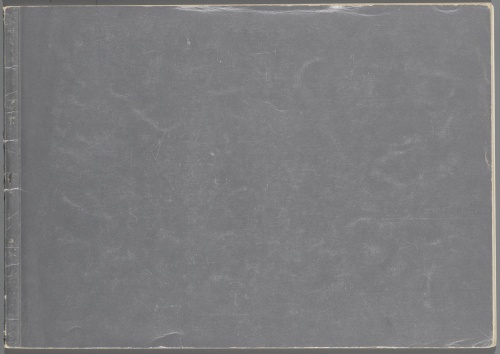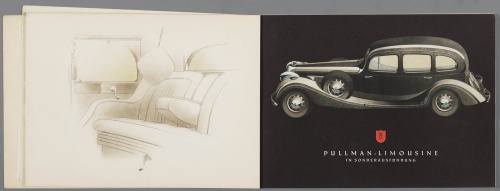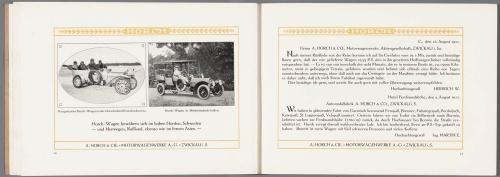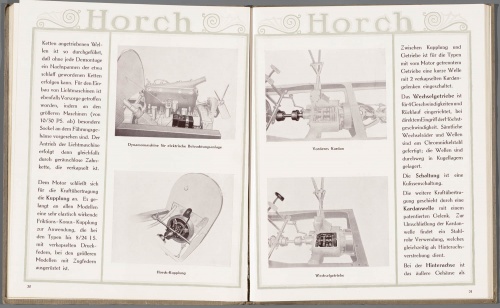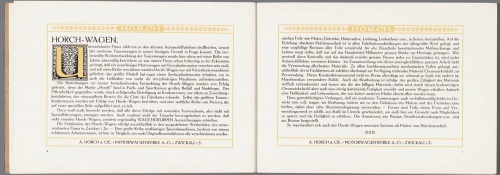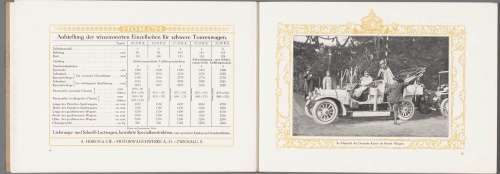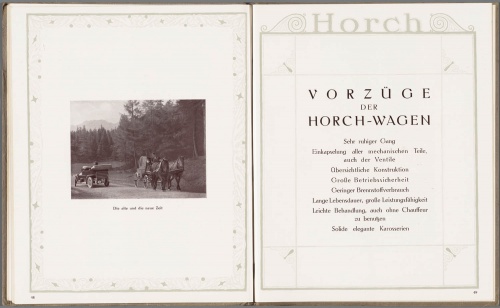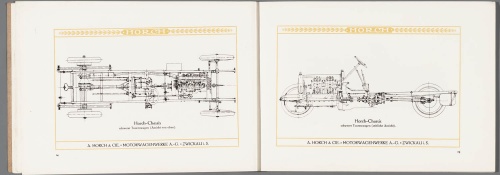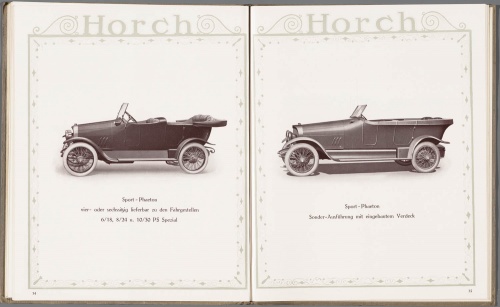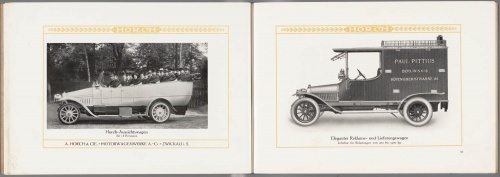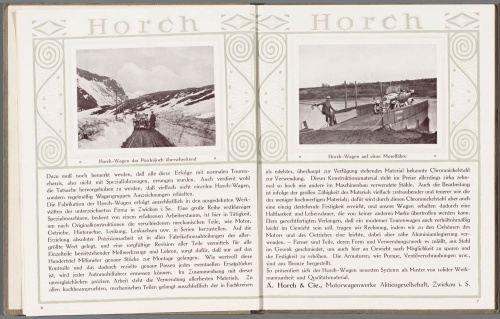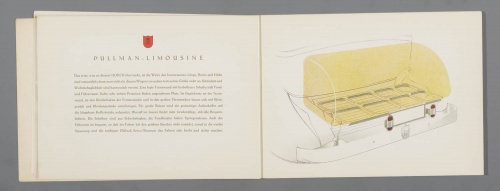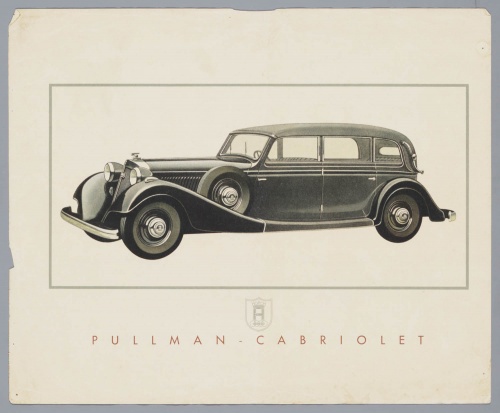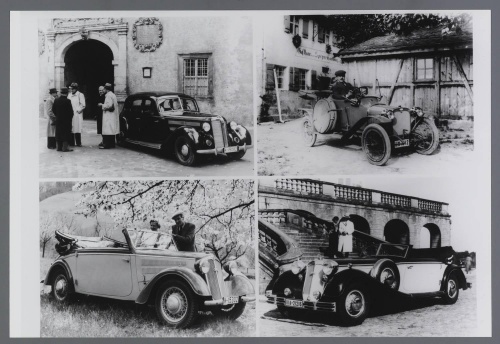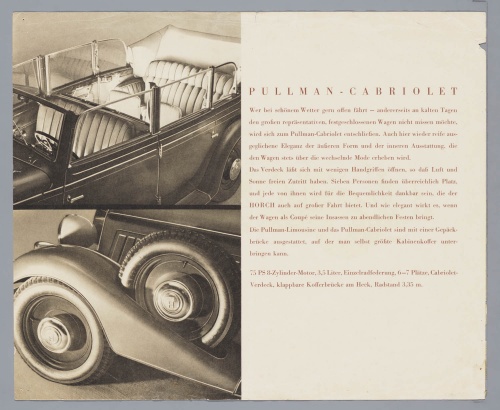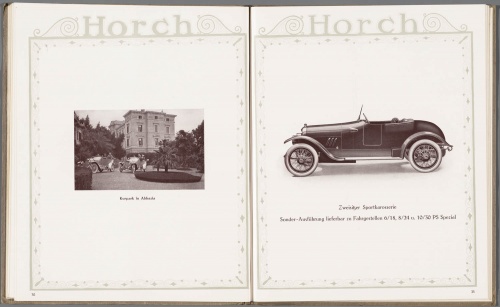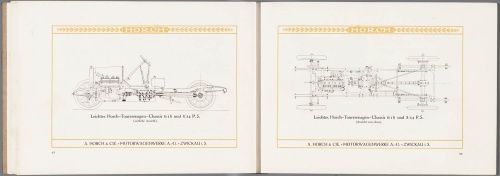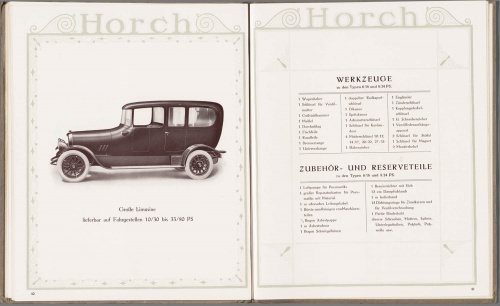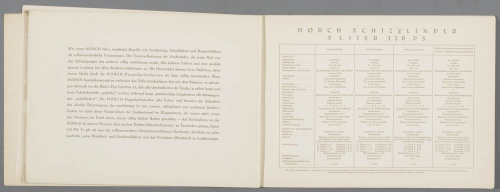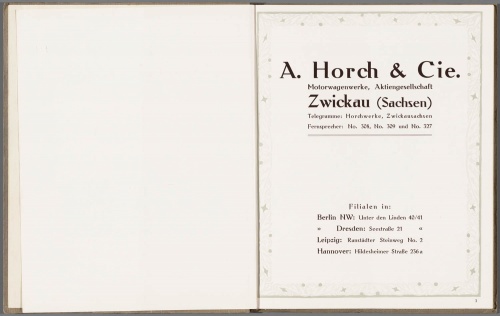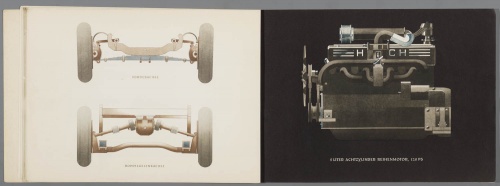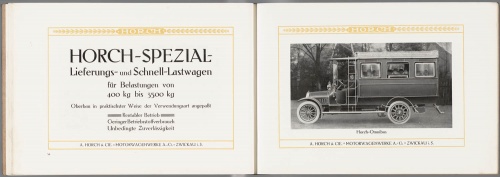Dutch Automotive History (part 64) Honda, Horch (127 photos)
HONDA (Tokyo, Japan, 1962-)
After Honda gained a high reputation for producing high-quality motorcycles, its management decided to start producing cars. For its debut, the company chose the Tokyo Motor Show, where in 1962 it showed a tiny open sports microcar "S-500" with an engine displacement of 360 and 500 cm3. Within a short time it was increased to 600 cm3, and then to 791 cm3. Since 1966, these cars have been offered as coupes.
Three years later, a 4-cylinder front-wheel drive Honda 1300 was introduced, equipped with an engine with an overhead camshaft, a cylinder block and a cylinder head made of aluminum alloy. In the standard version it developed 96 hp, in the sports “TS” - 110 hp. In 1972, the first Civic entered the market, which to this day, constantly being updated, remains one of the best cars in the world in its class. It was followed in 1976 by the middle-class Accord, which is popular in many countries around the world, including the United States. In addition to the Accord, they also produced its modernized versions under the Acura brand. In 1978, the Prelude sports coupe appeared, which is still produced in the next generation.
In the 80s, Honda intensively increased its production capacity, organizing production in many countries around the world, and expanded its program, offering customers a wide range of passenger cars. Today its largest foreign factories operate in the UK and the USA.
In 1997, Honda's production program included about 20 families of cars of almost any type. The microcar class is represented by the Today model with a 657 cm3 3-cylinder engine, and the small class range consists of numerous versions of the Civic. The middle class is represented by sporty sedans and coupes: Integra, Domani, Accord, Ascot and Inspire, all of which are offered for different markets under different names and differ from each other only in the configuration. Since 1990, the top-class model “Legend” and the 2-seater sports car “NSX” have been produced. The range of high-capacity station wagons (UCV) consists of three models: mini UPV "Life", small UPV "S-MX" and large "Shuttle" with a 2.2-liter engine. Among the multi-purpose all-wheel drive vehicles are the new CR-V and two models produced in cooperation with Isuzu - Jazz and Horizon.
NORCH (Cologne/Reichenbach/Zwickau, Germany, 1899-1939)
Before August Horch founded his own company in Cologne-Ehrenfeld, he worked as a designer for Karl Benz from 1896 to 1899. His first car had a 5 hp 2-cylinder engine. and cardan drive of the driving wheels. It was followed by a second model, also with a 2-cylinder engine, but with a power of 10 hp.
In 1902, production was moved to Reichenbach. There, a year later, they produced the first car with a 4-cylinder engine and a cardan drive. In 1904, Horch moved to Zwickau, Saxony, where assembly of the "18/22PS" model began. Horch's first sporting achievement is associated with this car - victory in the Herkomer Prize run in 1906, won by driver Stoess. Since 1905, a more powerful “35/40PS” machine was produced with an engine with a displacement of 5800 cm3 and self-lubricating cardan joints.
Horch's cars gradually became famous, oddly enough, thanks to one little thing: the lower part of the chassis was protected from stones, dirt and water splashes by a steel sheet. In 1908, several Horch cars performed successfully in the race for the Prussian Prince Henry Prize, which made the company even more famous and led to an increase in sales. For these cars, the Kathe company from Halle developed a streamlined body with a smooth transition from the hood to the windshield, which made it possible to reduce the height of the car.
In 1907, Horch released a car with a 6-cylinder engine with a displacement of 7800 cm3 and 65 hp, but it did not have the expected success. Shareholders turned against Horch and forced him to leave his own company. As a result, Horch had to found another Horch company there in Zwickau, which was soon renamed Audi. Among the numerous models that continued to be produced at Horch, it should be noted that a family of seven cars with 4-cylinder engines with a displacement of 1588 was developed by its former owner; 2080; 2608; 3175; 4700; 6395 and 8440 cm3 with a typical Horch design with lower exhaust and upper intake valves, which, by the way, migrated to all the first Audis. Later, a valveless spool valve engine, the Knight, was tested, but was abandoned due to its complex design. After Horch left, Georg Paulmann took over the management of the company. His main achievement was the release of the light model “Pony” with a 2582 cm3 engine.
After the war, the Horch program
" remained very extensive. For example, in 1921, at the automobile exhibition in Berlin, models "8/24", "10/30", "15/45", "18/55", "25/60" and "33/" were demonstrated 80PS". In 1923, the famous Paul Daimler came to the company. His energetic leadership led to the emergence of an efficient 4-cylinder overhead valve engine with a displacement of 2630 cm3. In 1926, Daimler created the Horch-303 car with an in-line An 8-cylinder 60-horsepower engine with a displacement of 3132 cm3 with two overhead camshafts, which became the basis of the new range.Then its volume was increased to 3378 and 3950 cm3. In the latter version, the engine developed a power of 80 hp at 3200 rpm.
At the end of the 20s, P. Daimler left Horch. His post was taken by Fritz Fiedler, under whose leadership a new range of 8-cylinder 3-5 liter overhead camshaft engines was developed, which were installed on the 400 series cars. In the early 30s, the production of prestigious cars of the 600 series with a 6-liter V12 engine producing 120 hp began. By that time, Horch cars had secured a strong place for themselves in the luxury model market, attracting the attention of customers with their special durability, solidity and lower prices than their competitors. In 1933, the famous “830” series appeared with V8 engines with a displacement of 3004; 3249; 3517 and 3823 cm3 and 70-92 hp, produced until 1939. This program also included the “853” model with an in-line 8-cylinder engine of 4946 cm3 and a power of 100 hp, and the improved version “951” developed 120 hp. at 3400 rpm. In 1933-1939, the Horch plant produced one of the most advanced racing cars of its time, the Auto Union.
After the Second World War, the town of Zwickau, where Horch was located, remained in the Soviet occupation zone. The plant was nationalized, and luxury limousines were abandoned. However, in the mid-50s, they produced a small batch of middle-class models of the Sachsenring brand with a 6-cylinder engine, after which the enterprise was transferred to mass production of the unsightly plastic Trabant.
